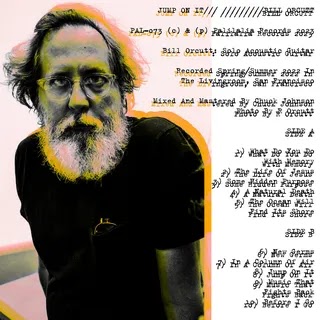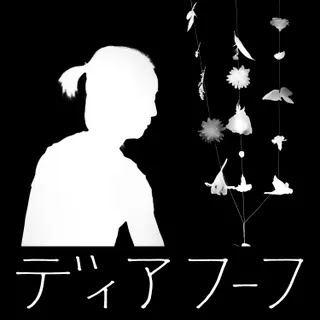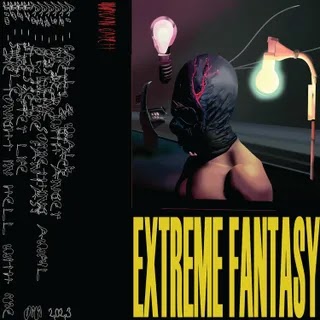Built from recordings of his 2013 tour as Mister Lies, Nick Zanca’s debut under his own name is sparse experimentation in clamor and free-form percussion.
What a trip it must have been to be Nick Zanca in 2013. One moment you’re a teen playing in punk bands; the next you’re Mister Lies, signed to the label responsible for one of the most catalyzing albums of the chillwave movement and shuttling across Europe to play gigs with other beat-scene upstarts like Slow Magic, XXYYXX, and Giraffage. The late 2000s through the early 2010s was a mythical time for Myspace strivers and bedroom producers, many of whom ended up on big labels and bigger tours with barely any material to show for it. The deadlines for Zanca’s first album, Mowgli, were set before the young producer even had a record’s worth of material on his hard drive, and in interviews at the time, Zanca barely seemed to know how to deal with his sudden rush of success.
Cacerolazo, Zanca’s first album under his birth name, is based on recordings of that European tour. But its two side-long pieces strip away any outward vestige of his past as a beatmaker, reintroducing him as part of a rising faction of young American avant-gardists who fold recordings of their lives into tender, diaristic, intensely personal music; L’Rain, Lucy Liyou, More Eaze, and claire rousay all receive thanks in the liner notes. Cacerolazo is devoted to sparse experimentation in clamor and free-form percussion, with long stretches devoted to field recordings and electroacoustic interference and only the occasional curlicue of harpsichord or guitar to make things pretty. Zanca hinted just slightly in this direction by threading environmental sounds into 2019’s Mister Lies, but Cacerolazo feels like he stuffed dynamite into the Mister Lies persona and held a microphone up to the smoldering remains.
The first side is devoted to the three-part title track, which climaxes with the “white whale” of Zanca’s European tour recordings: a cacerolazo, a form of protest in which participants bang pots and pans together en masse. Zanca found himself caught in one such event in Istanbul at the height of the 2013 Gezi Park protests, spurred when a sit-in protesting the removal of one of the city center’s last green spaces was dispersed by police with water cannons, plastic bullets, and tear gas. This would be a tipping point for unrest in Turkey in reaction to the rising authoritarianism of Prime Minister and soon-to-be-President Recep Tayyip Erdoğan. But Zanca remembers the tour mostly as “an apolitical fog of train travel, hostel stays, and hedonism,” and he claims to have been only vaguely aware of Turkey’s political situation. Cacerolazo can be loosely described as a meditation on this dissociation.
“Cacerolazo” opens with the resonance of struck percussion instruments, then belatedly introduces their impacts, as if to exaggerate Zanca’s own experiential disconnect from the righteous clamor of the Istanbul protest. The second side, meanwhile, is occupied by “Boy Abroad,” which features hardly any music and is mostly a collage of moments from his time in Europe. It’s similar to fellow field-recordist Flora Yin-Wong’s “Loci” from last year’s Holy Palm, which likewise chronicled her jaunts around the world. But by incorporating Zanca’s own voice and those of his tourmates, “Boy Abroad” portrays travel as a reciprocal experience, a process of interacting with people and places but not always understanding them. At one point, a promoter describes his experience of being tear-gassed in painful detail. “Whoa,” the tourmates murmur, as if someone’s played them a sick beat.
Zanca and crew sound like a bunch of kids in way over their heads, and it takes guts to present your younger self on record in this way. But why he’s so eager to call his own bluff isn’t always clear. Zanca considers this record only “obliquely political,” but there’s still the fact that he named it after a form of protest, and it’s hard to determine whether he’s protesting authoritarianism or just his own hedonistic past. Cacerolazo juggles a lot of themes, thoughts, impulses, and sounds across just four tracks, but it’s less impressive as a statement than as a stylistic reinvention: proof that Zanca can work magic with field recordings, even if they don’t always speak louder than words.
















0 comments:
Post a Comment